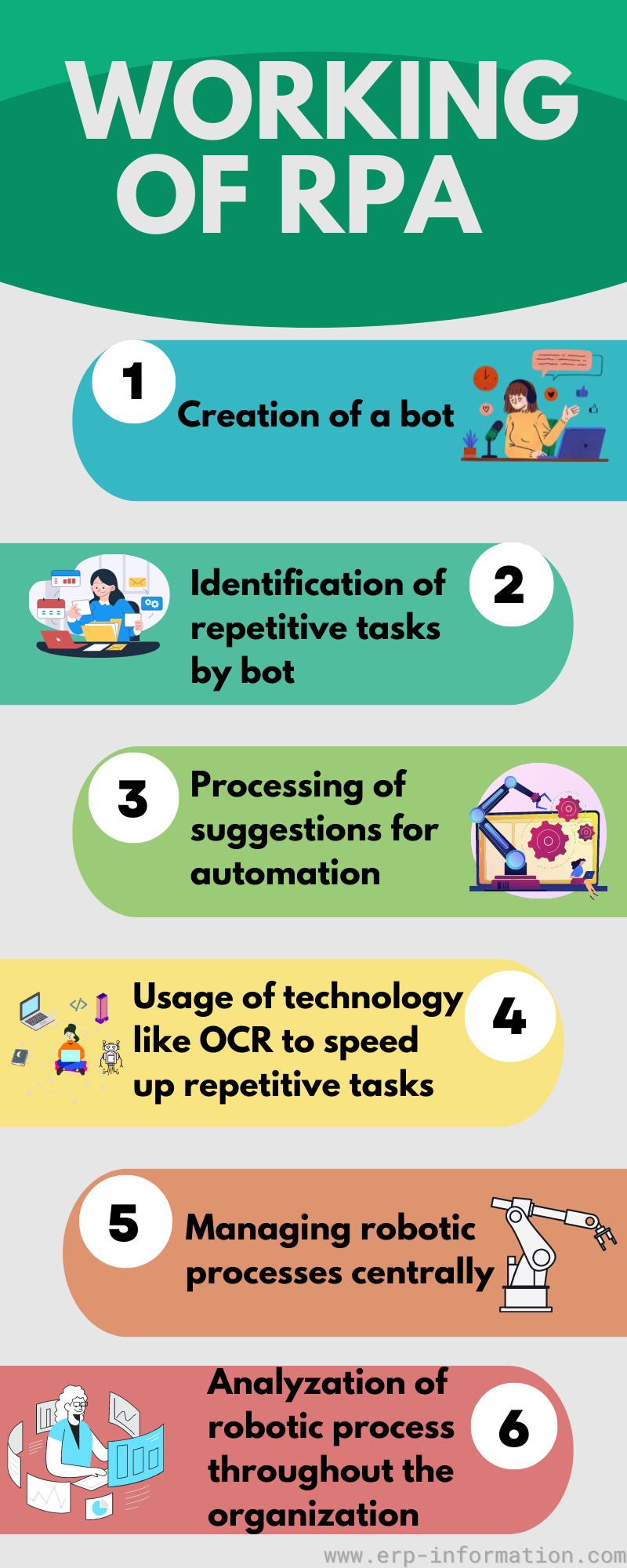Robotic Automation In Footwear: The Nike Example

Table of Contents
Nike's Investment in Robotic Automation
Nike's commitment to innovation extends beyond design; it's deeply embedded in its manufacturing strategy. The company has made significant strategic investments in robotic automation technologies over the years, recognizing the potential for increased efficiency and competitive advantage. While exact figures aren't always publicly disclosed, reports suggest substantial spending on advanced robotic systems and partnerships with leading robotics companies.
-
Significant Capital Expenditure: Nike's investment in robotics isn't a minor undertaking. It represents a long-term commitment to upgrading its manufacturing processes and staying at the cutting edge of automation technology. This involves not just purchasing the robots themselves but also integrating them into existing production lines and training staff to operate and maintain them.
-
Robotic Systems in Action: Nike factories are increasingly employing robotic arms for intricate assembly tasks, automated cutting machines for precise material preparation, and sophisticated robotic stitching systems for consistent seam quality. These robotic systems are not stand-alone; they're integrated into a broader automated production line to optimize workflow.
-
Strategic Partnerships: To accelerate its automation initiatives, Nike actively collaborates with prominent robotics companies, leveraging their expertise in developing and implementing cutting-edge automation solutions. These partnerships ensure access to the latest technologies and support for integrating them smoothly into Nike's manufacturing processes.
Specific Applications of Robotics in Nike's Shoe Production
Nike's application of robotic automation extends across various stages of shoe production. These robots aren't simply replacing human workers; they're performing tasks that are either too precise, too repetitive, or too hazardous for humans.
-
Automated Cutting and Material Handling: Robotic cutting systems ensure consistent accuracy and minimize material waste. Robots can handle various materials, from leather and synthetics to innovative new textiles, with unparalleled precision. This translates to less scrap, lower costs, and a more sustainable manufacturing process.
-
Robotic Assembly and Stitching: Robotic arms are adept at assembling intricate shoe components, performing repetitive tasks with speed and precision that humans can't match. Automated stitching machines ensure consistent stitch density and quality, leading to more durable and reliable footwear.
-
Automated Quality Control with AI: Nike is leveraging advanced vision systems and artificial intelligence (AI) for quality control. These systems can rapidly inspect finished shoes, identifying even minor defects that might escape human eyes. This results in higher quality standards and reduced product returns.
-
Exploring 3D Printing for Personalized Footwear: While still in its nascent stages for mass production, Nike is actively researching the potential of 3D printing in creating highly customized footwear. This technology could revolutionize shoe manufacturing, allowing for truly personalized designs and production on demand.
Benefits of Robotic Automation for Nike
The implementation of robotic automation has yielded substantial benefits for Nike across various aspects of its operations:
-
Increased Efficiency and Productivity: Automation has significantly boosted Nike's production capacity, leading to a substantial increase in output with reduced production time. This improved efficiency allows Nike to meet the growing global demand for its products more effectively.
-
Improved Quality and Consistency: Robotic automation ensures higher quality and consistency in the finished product. The precision of robotic systems minimizes errors, leading to fewer defects and greater customer satisfaction.
-
Reduced Costs and Waste: While the initial investment in robotics is significant, the long-term cost savings are substantial. Automation reduces labor costs, minimizes material waste, and improves overall production efficiency, resulting in lower manufacturing costs.
-
Enhanced Safety: Robotic automation eliminates the need for humans to perform dangerous or repetitive tasks, improving worker safety and reducing workplace injuries.
-
Competitive Advantage: Nike's early adoption of robotic automation provides a significant competitive advantage. It allows the company to produce higher-quality products more efficiently and cost-effectively, enhancing its market position.
Addressing Concerns: Job Displacement and the Future of Labor
The increased use of robotics in manufacturing inevitably raises concerns about potential job displacement. While some jobs may be automated, Nike is actively addressing these concerns through proactive measures.
-
Retraining and Reskilling Initiatives: Nike is investing in comprehensive retraining and reskilling programs for its employees. This ensures that workers can transition to new, higher-skilled roles within the company, such as robotics maintenance, programming, or advanced quality control.
-
Human-Robot Collaboration: The future of manufacturing is not about robots replacing humans entirely; it's about human-robot collaboration. Nike is focusing on integrating robots into the workflow in a way that complements human skills and expertise. Humans will manage, maintain, and oversee the robotic systems while focusing on more complex and creative aspects of the production process.
-
New Job Creation: The automation revolution creates new job opportunities in areas such as robotics maintenance, programming, and AI integration. Nike's investment in automation will lead to the creation of new, high-skilled jobs.
Conclusion
Robotic automation is transforming the footwear industry, and Nike’s significant investments in this technology are driving innovation and efficiency. By automating key aspects of shoe production, Nike has achieved substantial gains in productivity, quality, and cost reduction, while also enhancing worker safety. While concerns about job displacement exist, Nike's focus on retraining and reskilling programs demonstrates a commitment to a future where humans and robots collaborate effectively. The future of footwear manufacturing lies in embracing robotic automation. Learn more about how advanced technologies are shaping the industry and explore the opportunities presented by robotic automation in your own business. Stay ahead of the curve and explore the possibilities of robotic automation in footwear today!

Featured Posts
-
 Putin Ends Ukraine Truce Renewed Conflict Erupts
Apr 22, 2025
Putin Ends Ukraine Truce Renewed Conflict Erupts
Apr 22, 2025 -
 The China Factor How It Affects Bmw Porsche And Other Automakers
Apr 22, 2025
The China Factor How It Affects Bmw Porsche And Other Automakers
Apr 22, 2025 -
 Landlord Price Gouging Allegations Surface In Wake Of La Fires Selling Sunset Star Weighs In
Apr 22, 2025
Landlord Price Gouging Allegations Surface In Wake Of La Fires Selling Sunset Star Weighs In
Apr 22, 2025 -
 Us South Sudan Agreement On The Return Of Deportees
Apr 22, 2025
Us South Sudan Agreement On The Return Of Deportees
Apr 22, 2025 -
 U S China Tensions Assessing The Risk Of A New Cold War
Apr 22, 2025
U S China Tensions Assessing The Risk Of A New Cold War
Apr 22, 2025
